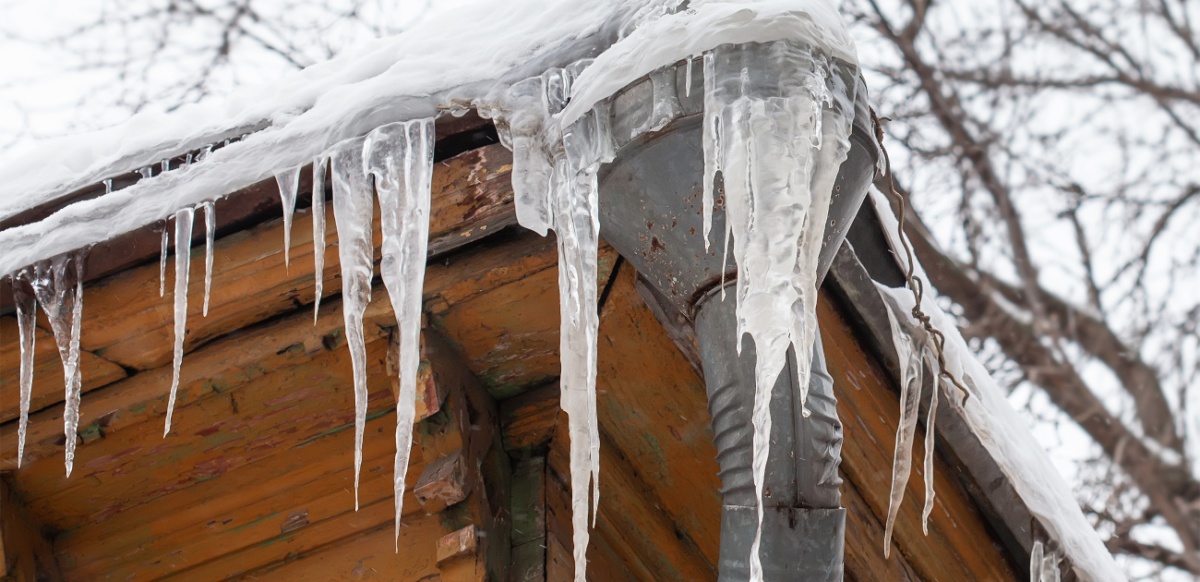Avoiding Frozen Pipes: Top Tips for Winter
Avoiding Frozen Pipes: Top Tips for Winter
Blog Article
In this article further down you can locate a good deal of wonderful advice all about How To Avoid Freezing Pipes.

Winter can wreak havoc on your pipes, particularly by freezing pipelines. Right here's how to prevent it from occurring and what to do if it does.
Intro
As temperature levels drop, the threat of icy pipelines boosts, possibly causing costly fixings and water damage. Recognizing exactly how to stop frozen pipes is crucial for property owners in chilly climates.
Recognizing Frozen Pipelines
What triggers pipelines to ice up?
Pipes ice up when exposed to temperature levels below 32 ° F (0 ° C) for expanded periods. As water inside the pipes ices up, it increases, putting pressure on the pipeline walls and potentially causing them to rupture.
Risks and damages
Icy pipelines can lead to water system disturbances, property damage, and pricey repair work. Ruptured pipelines can flood homes and create extensive architectural damage.
Signs of Frozen Pipes
Determining frozen pipelines early can prevent them from rupturing.
Just how to recognize frozen pipes
Seek reduced water flow from taps, unusual odors or sounds from pipelines, and noticeable frost on subjected pipes.
Prevention Tips
Shielding prone pipelines
Cover pipelines in insulation sleeves or use warm tape to protect them from freezing temperature levels. Focus on pipelines in unheated or outside locations of the home.
Heating strategies
Keep indoor spaces properly warmed, especially locations with pipes. Open cabinet doors to allow warm air to circulate around pipes under sinks.
Protecting Exterior Pipes
Yard hoses and outdoor faucets
Detach and drain garden hoses prior to wintertime. Set up frost-proof faucets or cover outside faucets with shielded caps.
What to Do If Your Pipes Freeze
Immediate activities to take
If you think icy pipes, maintain faucets available to ease stress as the ice melts. Make use of a hairdryer or towels soaked in hot water to thaw pipelines gradually.
Long-Term Solutions
Structural modifications
Take into consideration rerouting pipelines far from exterior wall surfaces or unheated locations. Include added insulation to attics, basements, and crawl spaces.
Updating insulation
Buy top quality insulation for pipes, attics, and walls. Appropriate insulation assists preserve constant temperature levels and reduces the threat of frozen pipelines.
Conclusion
Protecting against frozen pipelines calls for positive actions and quick responses. By comprehending the reasons, indicators, and safety nets, homeowners can safeguard their plumbing throughout cold weather.
5 Ways to Prevent Frozen Pipes
Drain Outdoor Faucets and Disconnect Hoses
First, close the shut-off valve that controls the flow of water in the pipe to your outdoor faucet. Then, head outside to disconnect and drain your hose and open the outdoor faucet to allow the water to completely drain out of the line. Turn off the faucet when done. Finally, head back to the shut-off valve and drain the remaining water inside the pipe into a bucket or container. Additionally, if you have a home irrigation system, you should consider hiring an expert to clear the system of water each year.
Insulate Pipes
One of the best and most cost-effective methods for preventing frozen water pipes is to wrap your pipes with insulation. This is especially important for areas in your home that aren’t exposed to heat, such as an attic. We suggest using foam sleeves, which can typically be found at your local hardware store.
Keep Heat Running at 65
Your pipes are located inside your walls, and the temperature there is much colder than the rest of the house. To prevent your pipes from freezing, The Insurance Information Institute suggests that you keep your home heated to at least 65 degrees, even when traveling. You may want to invest in smart devices that can keep an eye on the temperature in your home while you’re away.
Leave Water Dripping
Moving water — even a small trickle — can prevent ice from forming inside your pipes. When freezing temps are imminent, start a drip of water from all faucets that serve exposed pipes. Leaving a few faucets running will also help relieve pressure inside the pipes and help prevent a rupture if the water inside freezes.
Open Cupboard Doors
Warm your kitchen and bathroom pipes by opening cupboards and vanities. You should also leave your interior doors ajar to help warm air circulate evenly throughout your home.

Hopefully you enjoyed our topic about Winter Plumbing Precautions: Preventing Frozen Pipes. Thanks a lot for taking time to read through our short article. Make sure you pause to distribute this blog posting if you appreciated it. Thank you for being here. Return soon.
Click Report this page